Why Mold Mitigation Should Be Done by an Experienced Professional
Mold is one of the most insidious threats a property can face. Hidden behind walls, creeping across ceilings, or lingering in damp basements, it silently compromises structural integrity, air quality, and human health. While many homeowners may be tempted to treat the problem with a quick DIY fix, mold contamination is rarely as straightforward as it seems. Beneath visible stains may lie widespread colonies feeding on drywall, wood, and insulation. Without the proper tools, techniques, and safety protocols, a small issue can quickly escalate into a major infestation.
This is why mold mitigation must be approached with caution and expertise. Professionals bring more than just equipment—they bring knowledge, precision, and experience that ensure contamination is properly contained, removed, and prevented from returning. Trained specialists understand the science behind mold growth, the environmental conditions that foster it, and the remediation standards that keep occupants safe during cleanup. From identifying the root cause to performing comprehensive testing and restoration, hiring an expert is an investment in the long-term health of both your home and its inhabitants.
In the sections below, we’ll explore why entrusting mold cleanup to seasoned professionals is critical. You’ll learn how expertise protects your health, ensures accurate detection, meets regulatory requirements, and delivers permanent results—far beyond what surface-level treatments or store-bought sprays can achieve.
The Hidden Dangers of Mold and Why Expertise Matters
To understand why mold mitigation requires professional oversight, it’s important to recognize that mold is not a simple surface stain—it’s a living organism that thrives in moist, dark environments and spreads through microscopic spores. These spores infiltrate ventilation systems, settle on organic materials, and reproduce rapidly when conditions are right. Once established, colonies release allergens and irritants that can trigger respiratory issues, aggravate asthma, and affect those with weakened immune systems.
Untrained individuals often underestimate mold’s reach. Visible patches on walls or ceilings are usually just the surface problem. Contamination frequently hides behind drywall, beneath flooring, or within air ducts. Attempting to clean these areas without containment can scatter spores, worsening the issue. Professionals, however, use moisture meters, thermal imaging, and air quality tests to detect hidden growth and stop it at the source.
Expert technicians also know mold cleanup involves multiple steps: containment to prevent cross-contamination, filtration to capture airborne spores, removal of damaged materials, and thorough drying to eliminate future risk. Without this structured process, any “quick fix” is temporary. Certified specialists follow strict industry standards, ensuring every stage is performed safely and effectively. Experience isn’t optional—it’s the foundation of lasting results.
The Complexity of Mold Identification and the Role of Testing
A key challenge in mold mitigation is accurate identification. Not all molds are alike, and each species demands a specific remediation strategy. While surface stains may hint at contamination, only laboratory testing can confirm what you’re dealing with. Professional assessors collect air and surface samples analyzed in certified labs to determine the species present, spore concentration, and cleanup urgency.
DIY efforts often rely on sight alone—a risky assumption since some molds blend with building materials or hide behind paint. Untrained eyes may mistake mildew or dirt for mold, leading to overreaction or complacency. Professionals recognize these differences and adjust their approach. For instance, black mold (Stachybotrys chartarum) requires strict containment and protective gear, while others may only need targeted cleaning or improved ventilation.
According to Grand View Research, the professional mold remediation industry was valued at around $1.23 billion in 2023 and is expected to grow 3.1% annually through 2030. This steady rise reflects increasing public awareness of proper assessment—especially as climate change and extreme weather heighten moisture-related risks.
Beyond identification, experts investigate humidity, water intrusion, and structural design flaws. This root-cause method prevents recurrence. Without data-driven insights, even thorough cleanups can miss hidden triggers, allowing mold to return once damp conditions reappear.
Regulatory Standards, Safety Protocols, and Legal Compliance
Beyond cleanup itself, mold mitigation must comply with strict safety regulations, building codes, and health standards. Large-scale contamination—especially in commercial spaces, rentals, schools, or healthcare facilities—often requires adherence to Environmental Protection Agency (EPA) guidelines, Occupational Safety and Health Administration (OSHA) protocols, and local building codes. Professionals are trained to meet these standards, ensuring all work is performed safely and legally.
Mold spores become airborne when disturbed, spreading quickly through ventilation systems. To prevent this, professionals use sealed containment zones, negative air machines, and HEPA filtration. They also wear protective gear such as respirators, gloves, and full-body suits. Without these measures, DIY remediation can worsen contamination, expose others to health risks, or create liability issues.
Documentation is another key benefit of professional service. Certified companies provide detailed reports describing the contamination, remediation steps, and clearance test results—valuable for insurance claims, property sales, or tenant disclosures. DIY cleanups rarely include such records, which can reduce property value or create disputes later.
Trained technicians also understand how to safely handle affected drywall, insulation, or framing. When repairs are necessary, they coordinate with licensed contractors to ensure all work meets code. In short, certified professionals don’t just remove mold—they restore compliance, structural integrity, and peace of mind.
Long-Term Prevention, Property Protection, and Value Retention
While eliminating visible contamination is a crucial first step, true mold mitigation extends beyond cleanup—it’s about long-term prevention. Mold thrives on moisture, meaning any successful remediation must address the underlying source of dampness. Whether it’s a leaky roof, cracked foundation, faulty HVAC system, or poor ventilation, professionals trace and resolve the root cause before concluding the project. This comprehensive approach distinguishes experts from amateurs, ensuring the issue doesn’t return after a few humid weeks or another heavy rainstorm.
Seasoned specialists also integrate preventative strategies tailored to your property’s layout and climate. They may recommend dehumidifiers, improved insulation, waterproofing measures, or gutter system maintenance. In basements or crawl spaces, they can install vapor barriers and sump pumps to keep moisture at bay. These proactive solutions not only prevent mold regrowth but also safeguard the overall condition of your home or building.
From an investment perspective, professional remediation preserves—and often enhances—property value. Homes with a documented history of mold damage can face steep declines in market appeal if not properly certified as remediated. Buyers and inspectors are increasingly cautious, seeking evidence of professional involvement and clearance testing before finalizing transactions. With expert intervention, homeowners can provide verifiable proof that contamination was safely removed and future risks minimized.
Furthermore, long-term cost savings are significant. DIY attempts frequently lead to recurring infestations, repeated material replacements, and worsening damage over time. In contrast, one comprehensive professional treatment eliminates the need for future remediation, reducing expenses and disruption. This is particularly vital for commercial buildings, where downtime affects operations and revenue. Investing in professional expertise now prevents exponential losses later.
Finally, professional mold mitigation contributes to healthier living environments. Cleaner air, reduced allergens, and restored surfaces promote occupant well-being, productivity, and comfort. By removing unseen spores and ensuring environmental stability, experts deliver more than a service—they deliver peace of mind. The combination of technical skill, scientific precision, and preventative insight ensures your property remains safe, resilient, and mold-free for years to come.
Mold is a complex adversary, capable of undermining both health and home integrity with subtle persistence. While do-it-yourself remedies may promise quick relief, they often fail to confront the deeper, systemic nature of contamination. True resolution demands the specialized skills, diagnostic tools, and procedural rigor of trained professionals. From identifying hidden colonies to restoring safe air quality and preventing recurrence, experts in mold mitigation bring comprehensive solutions grounded in science, safety, and sustainability. Contact MGM Recovery today to schedule reliable service for your home.
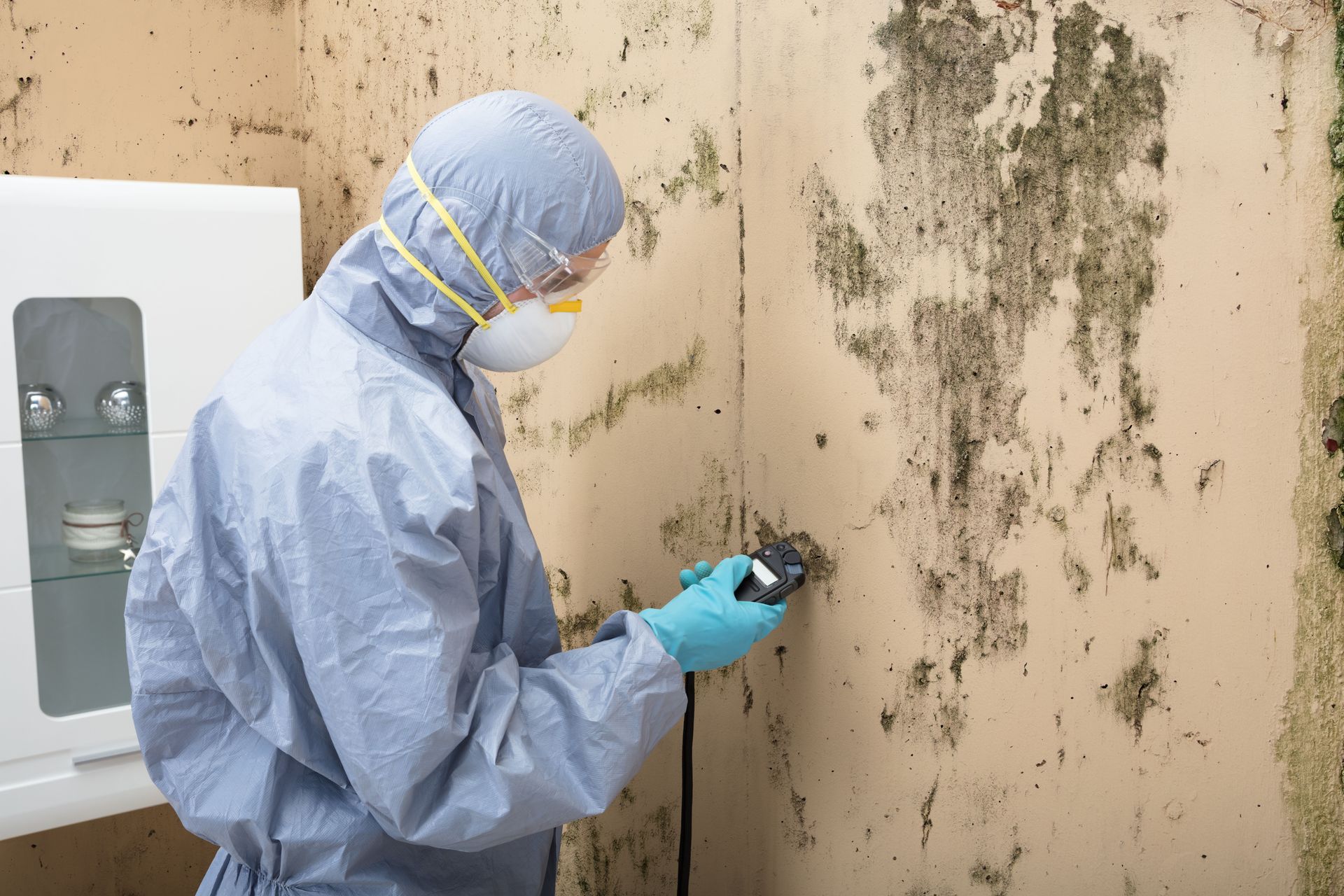
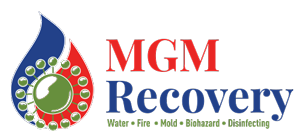

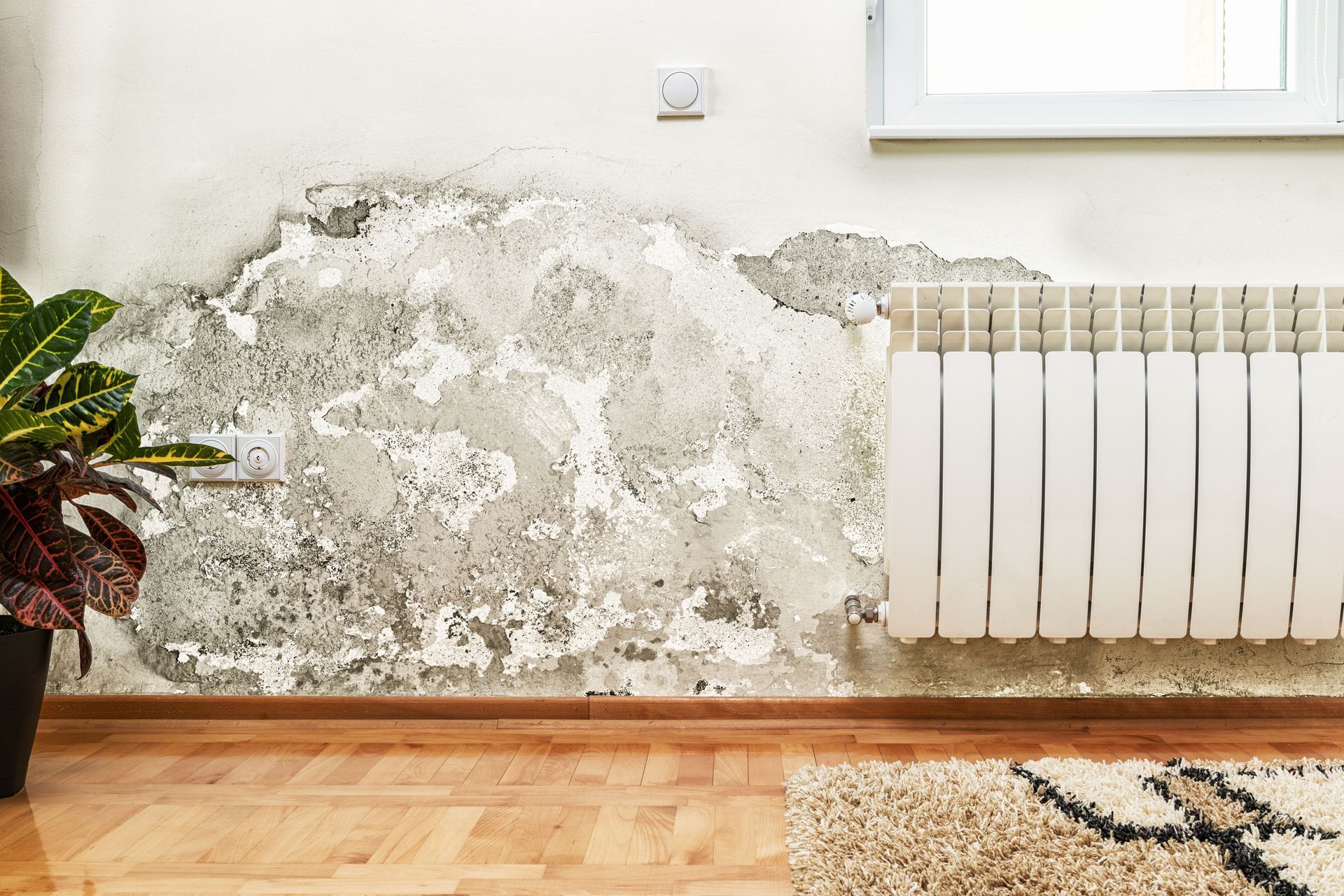
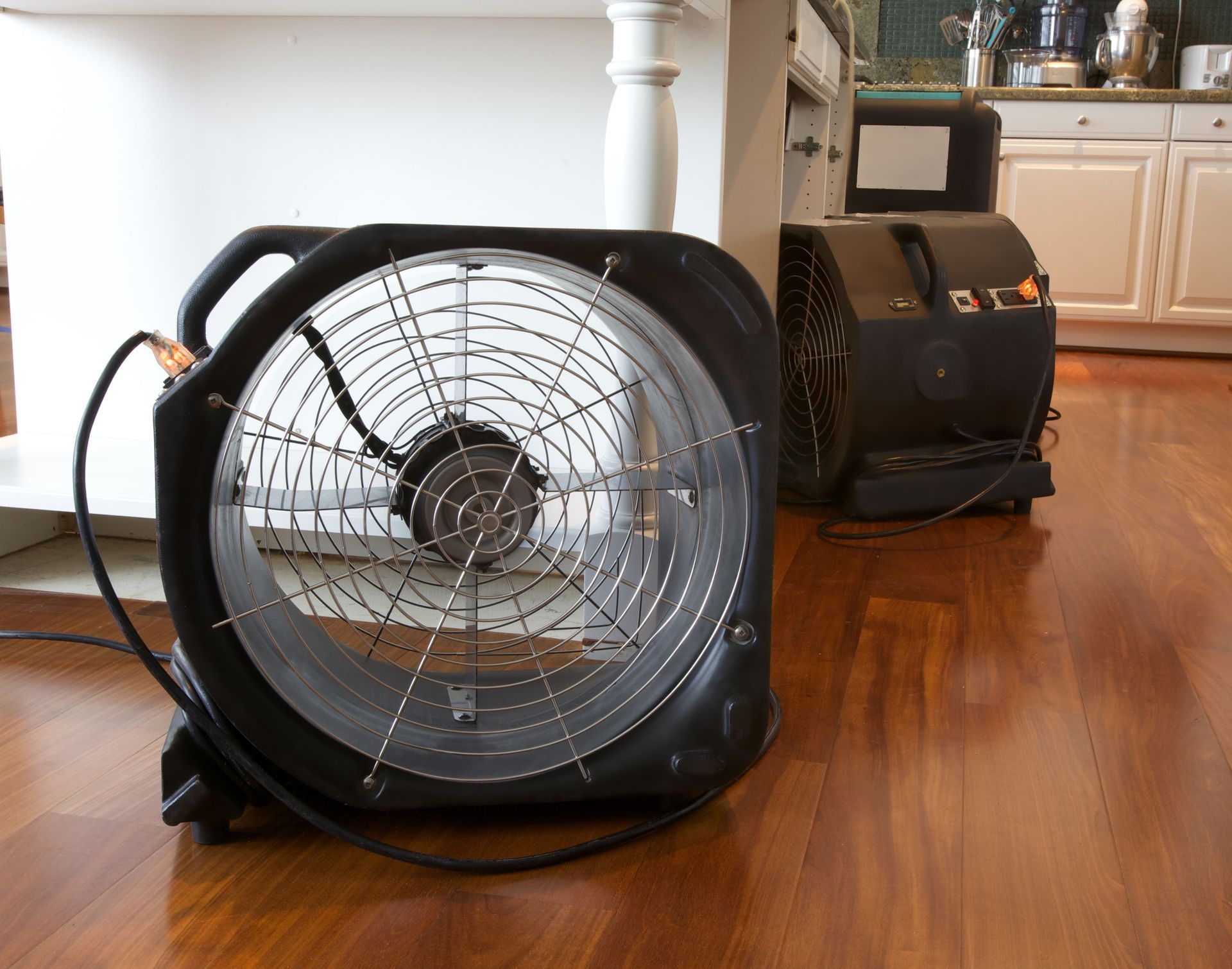
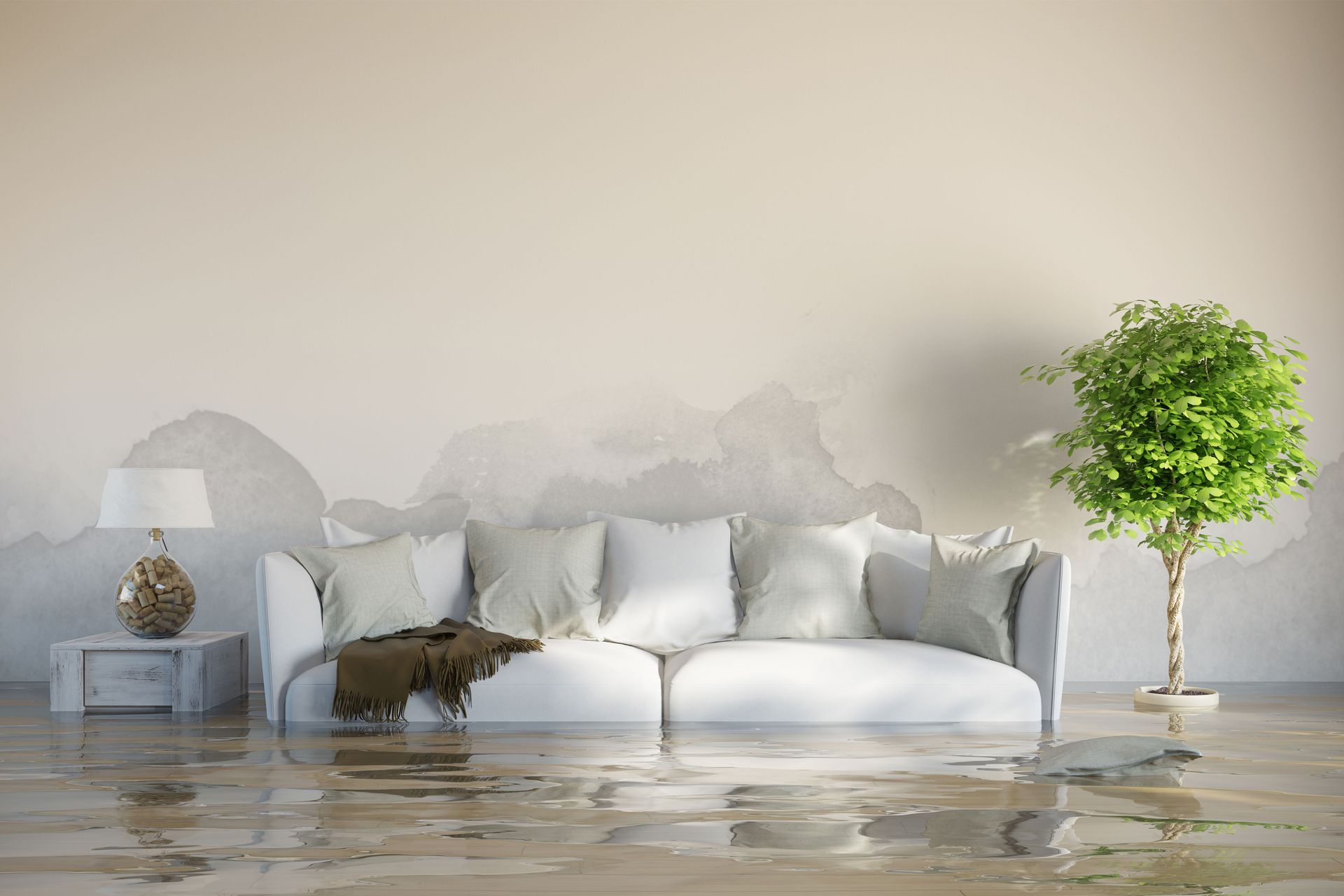
Share On: